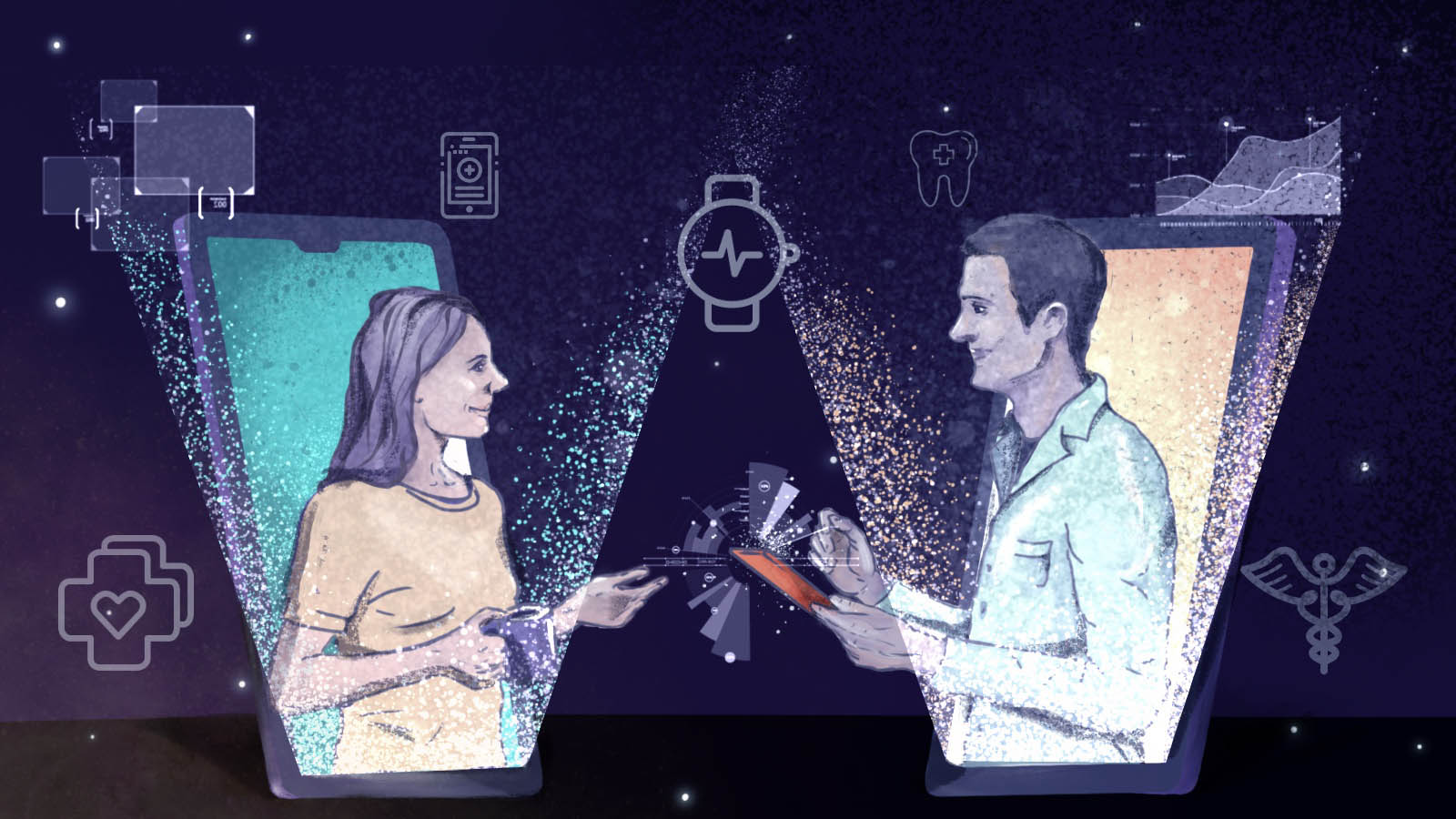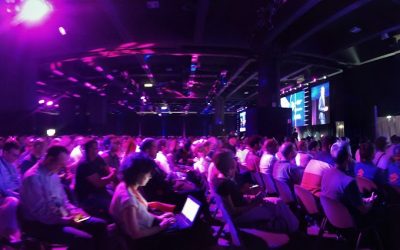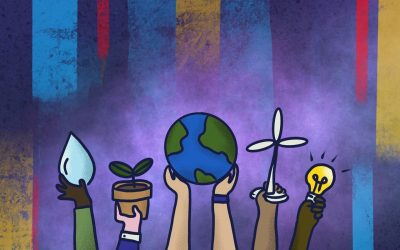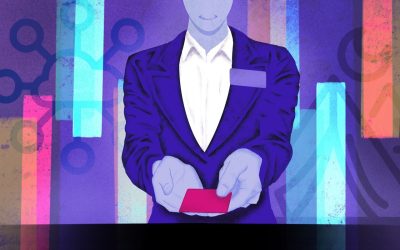Over the past year, IoT has made significant advances and it is likely to be a springboard for post-Covid recovery. In fact, many IoT ventures which would have taken years to see the light, have been sped up by the pandemic, social distancing, and remote working.
It can be seen ‘first-hand’ in many sectors, comparing different levels of development. IoT technology is able to provide transformative insights into energy use, production costs, scheduling, and process optimization.
Retail, for instance, is using IoT and Analytics to ‘study’ customer behavior in physical stores and in supply chain management. The agricultural sector is automating laborious processes such as harvesting. Finally, in the healthcare field, remote assistance is on the rise.
In short, a large global investment in IoT infrastructures has been carried out shifting from experimental to mass adoption. In the meantime, it became clear how to properly apply it business-wide with an immediate return on investment. IoT, after all, is a set of accessible technologies that have broad applicability.
As a Tech company, with expertise in IoT solutions, we have adopted a global approach – IoT to Executive – from the physical object (the sensor) to the dashboard, enabling better business decisions likely to add new value.
To come back to healthcare, the diffusion of dedicated IoT products offers huge opportunities. The huge amount of data that comes from connected devices can make the whole system more efficient.
Doctor-patient communication can serve as an example. So far, it has provided for scheduled clinic visits, phone calls, or simple messages. Thanks to IoT-enabled devices, it is finally possible to pave the way for remote monitoring, releasing an unprecedented potential that supports patients and their health but also improves the type of help that doctors can provide.
Main IoT advantages in health care delivery
Thanks to constant monitoring of clinical data, IoT devices and sensors can have a significant impact on reducing healthcare costs, and improving care and treatments. In this way, it can be considered moving routine checks from the hospital (hospital-centric system) to the patient’s home (home-centric system), with considerable advantages in terms of costs.
Not to mention that more accurate sensor-assisted diagnoses reduce the need for hospitalization, hospital stay and prevent any re-hospitalization.
To sum up, here is a short list of advantages and opportunities:
- Cost Reduction IoT enables real-time patient monitoring, greatly reducing (sometimes useless) visits to doctors, hospital stays, and readmissions.
- Faster diagnosis and therapy quality improvement: Continuous patient monitoring and real-time data ease disease diagnosis at an early stage or even before the disease develops its symptoms. It furthermore allows doctors to make evidence-informed decisions.
- Proactive treatment: Constant health monitoring opens the way for a proactive medical treatment approach.
- Managing medical supplies and equipment: the biggest challenge in healthcare today. Thanks to connected devices, drugs, and equipment can be managed and used efficiently and cost-effectively.
- Error reduction: IoT data flow not only contributes to effective decision-making, but it also ensures regular healthcare operations with a reduction of mistakes, waste, and system costs.
With the aim of guaranteeing enhanced assistance, IoT redefines the healthcare approach with numerous advantages, as said it assures: lower costs, more fluid processes, and workflows.
Key areas of intervention
In several healthcare areas, a better and more efficient process can be fostered.
DATA COLLECTION & ANALYSIS
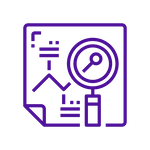
For healthcare providers including any other caregiver, it would be a tall order to collect data from multiple sources and manually analyze them. Moreover, the amount of data that a medical device can send in a short time, is very high.
IoT devices can collect and analyze data in real-time and reduce the need to store raw data.
All this is in Cloud, making it easier for suppliers and organizations that have access to final reports, to get vital health analytics and data-driven insights that accelerate decision-making and are less error-prone.
REMOTE MEDICAL ASSISTANCE
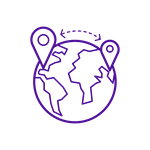
In the event of an emergency, patients can contact doctors remotely using mobile applications, to identify if there is a serious condition.
In addition, many healthcare companies are planning to build drug dispensing machines based on patient prescriptions and disease data, available through connected devices.
REAL-TIME REPORTING AND MONITORING
In this regard, the Californian non-profit organization, ‘Center of Connected Health Policy’, has conducted a study that highlights a 50% reduction in the 30 days hospitalization rate thanks to remote monitoring on individuals with heart failure.
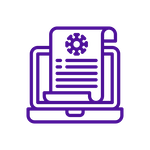
By real-time monitoring, the patient current condition through a smart medical device connected to a smartphone application, medical and other health data can be collected and the phone’s data connection can be used to transfer information to a doctor.
Connected health devices can save lives in medical emergencies like heart failure, diabetes, asthma attacks, and so on.
IoT devices can acquire and transfer various health data: blood pressure, oxygen, blood sugar levels, weight, ECG, etc.
Cloud-stored data, can be shared with authorized staff, such as general practitioners, specialists or external consultants, enabling them to monitor patients regardless of location, time or device.
END-TO-END CONNECTIVITY AND COST-EFFECTIVENESS
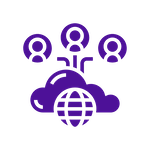
IoT enables interoperability, machine-to-machine communication, information exchange, and data transfer thus making delivery of healthcare services more effective.
It can automate the patient care process with medical mobility solutions and other emerging technologies, in addition to next-generation healthcare facilities and connectivity protocols such as Bluetooth LE, Wi-Fi, Z-wave, ZigBee, and more. Healthcare professionals can detect diseases and disorders differently.
This results in a reduction of unnecessary visits by using higher quality resources and improving distribution and planning.
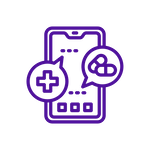
TRACKING AND NOTIFICATIONS
IoT medical devices record vital data and pass it on to doctors. Similarly, it can notify people about critical issues via smartphone apps and other connected devices.
Reports and alerts are real-time delivered so that monitoring and controlling the patient’s condition can be pretty accurate, independently from location or visiting hours and improving the overall patient care outcomes.
At the same time, it can help sound decision-making and it can assist in providing rapid treatment, whenever timely notification leads to lifesaving in potentially life-threatening situations.
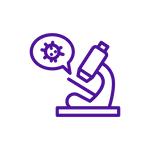
RESEARCH
Information provided by IoT devices and sensors is also useful for medical research. IoT allows to acquire a huge amount of data on patients’ disorders which is helpful for statistical studies and for innovative and higher quality medical treatments, data that would otherwise have taken several years to be merely collected.
Conclusion
Business IoT projects are truly taking off driven by design simplification, device implementation, global connectivity, and large-scale cloud-managed services. IoT proves to be an unstoppable driver of digital transformation that is redefining the range of interaction between devices and people, providing effective and real-time solutions.

YOU MIGHT ALSO LIKE:
After Covid IoT: High-Value Services for Organizations, Public Administrations and citizens
Digital Transformation: when pure strategy is better than a videogame technology
Interlogica: IoT application in Smart Working and Facility Management:
